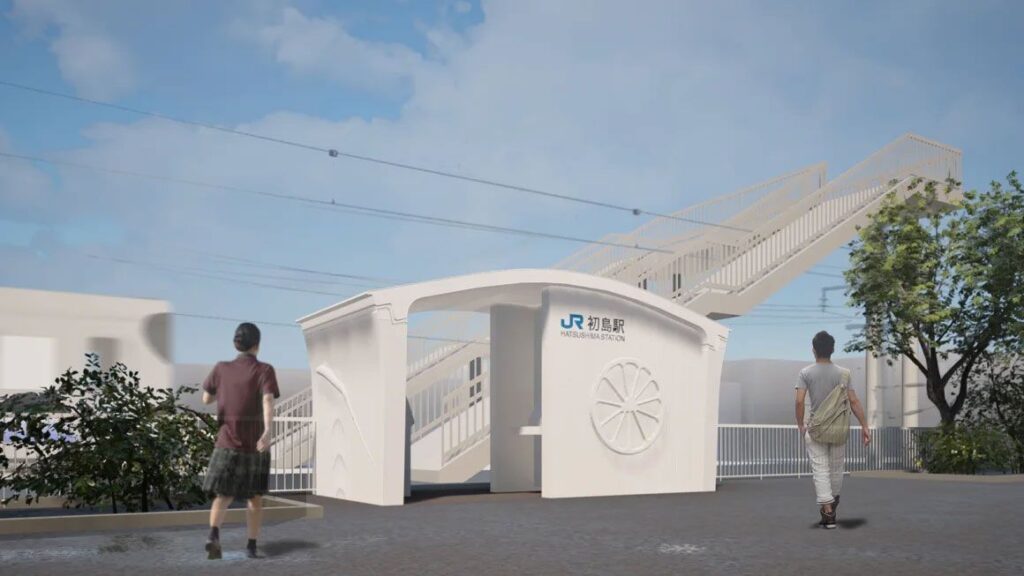Japan unveils the first-ever 3D-printed train station, offering a glimpse into the future of rural infrastructure
Japan has launched the world’s first 3D-printed train station building at Hatsushima Station in Arida City, Wakayama Prefecture. Constructed by JR West and printed by Osaka-based firm Serendix, the compact facility is a prototype for sustainable infrastructure. It’s not a flashy tourist stop, but it is a functional test case that could reshape how rural Japan builds and maintains transport networks.
Read more: 9 progressive young Japanese designers you need to know from Designart Tokyo
Measuring just 10 square metres, the reinforced concrete building was printed off-site using Serendix’s automated technology and assembled on location in approximately six hours. The entire installation took place during a scheduled pause in the train timetable, meaning there was no disruption to service. According to JR West, the station offers earthquake resistance comparable to that of standard reinforced-concrete houses, while also withstanding weather-related wear and tear.
Although thoroughly modern in method, the station’s design acknowledges local identity. Its rounded, dome-like shape subtly reflects traditional architecture, while the exterior is decorated with reliefs of mandarin oranges and beltfish—two regional specialities of Arida. This deliberate integration of technology and cultural nuance reflects JR West’s goal: to modernise without erasing.
The project addresses a pressing issue in Japan’s railway ecosystem. Rural stations are increasingly difficult to maintain due to shrinking populations and limited budgets. By embracing 3D-printed design processes, JR West aims to reduce costs and labour while delivering durable structures that can be quickly deployed. If Hatsushima proves viable, similar buildings may appear at other small or mid-sized stations across Japan.
For travellers, the significance of the 3D-printed train station is subtle but meaningful. While most passengers are unlikely to visit Hatsushima Station specifically, its construction marks a quiet shift toward more agile, sustainable infrastructure. Those using regional passes, such as the Kansai Wide Area Pass, may soon see more such innovations in rural areas.


AloJapan.com